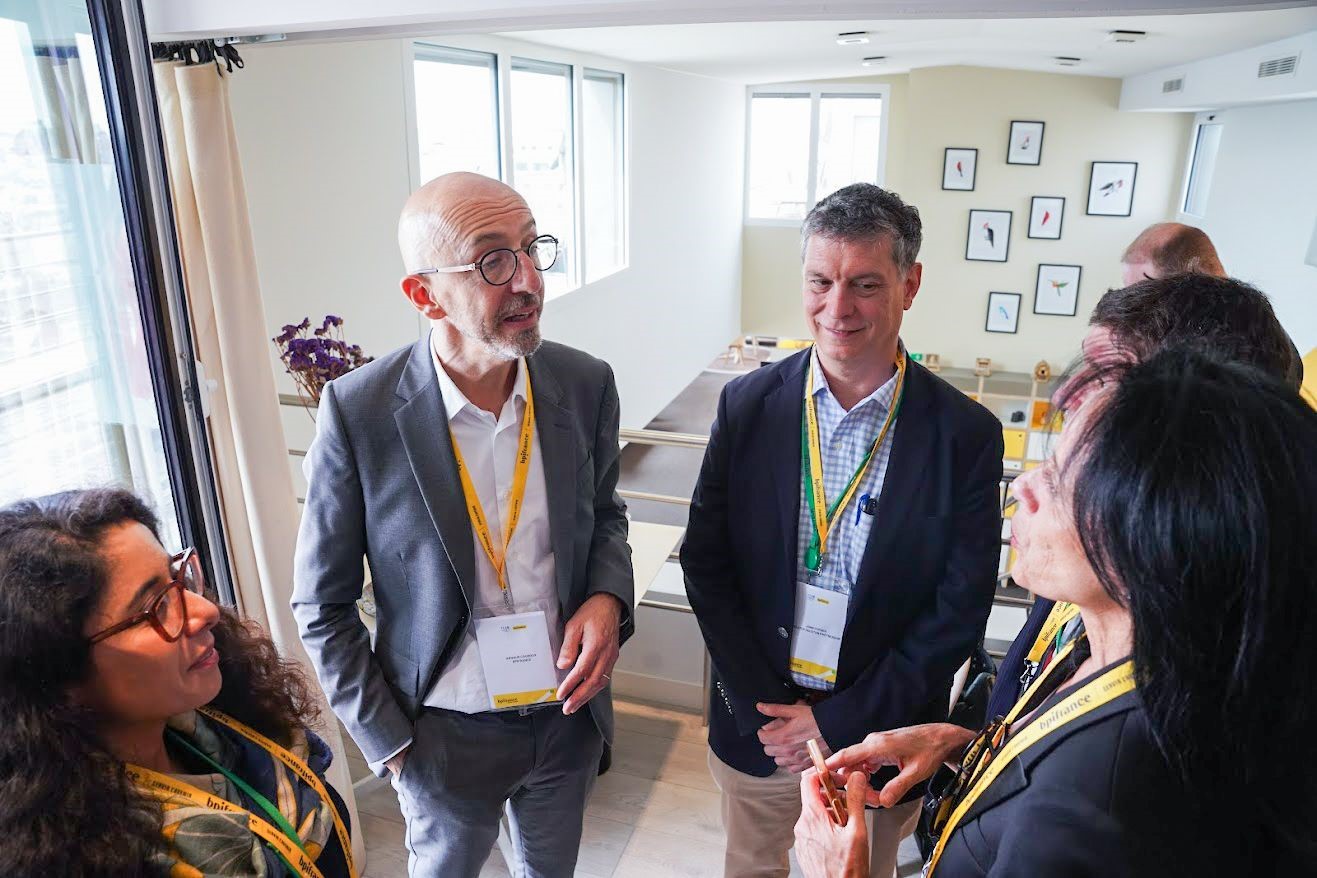Trade Wars, Peak Oil and NAFTA Woes Could Impact Houston's Economy
Published May 18, 2018 by A.J. Mistretta
New report from the Partnership identifies key risks, outlines international trade ties.
(HOUSTON) May 18, 2018 — Despite weakness in the energy sector in recent years, Houston’s economy has been buoyed by rising international investment and trade. However, such strong global ties come with their own set of risks, and a number of forces could affect the region’s economy in the near future, according to a new report from the Greater Houston Partnership.
In the 2018 edition of Global Houston, Partnership Senior Vice President of Research Patrick Jankowski outlines several risks that could impact Houston’s growth, including international trade policy changes, slowing international migration and changes to or the elimination of NAFTA. Roughly 17 percent of Houston’s economy is tied to exports, nearly double the percentage in 2003, according to the Brookings Institution. Brookings also estimates that more than 330,000 jobs are tied to exports, up from over 169,000 ten years ago. Additionally, more than 5,000 Houston area companies are engaged in global trade, triple the number doing international business in the 1980s.
Partnership President and CEO Bob Harvey says Houston has become a great global city with strong international ties. “Ours is the most diverse city in the nation, a place where one in four residents is foreign born and dozens of languages are spoken,” Harvey says. “But there are risks that come with being such a high-profile international hub and this report gives us some insight into what to look out for in Houston’s near future.”
Houston remains a great place for foreign investment. International buyers invested $3.3 billion in local commercial real estate in 2017 alone. Couple that with the Partnership hosting 155 trade delegations from 46 nations last year, and it’s clear there is strong and growing interest in Houston as a place for foreign entities to establish a foothold or expand in the U.S. “But the pendulum swings both ways,” Jankowski says. “Global trade faces more uncertainty today than at any other time in the last decade. By no means are we forecasting an impending downturn, but it’s prudent, given how connected we have become, to examine just how overseas events could affect our region’s economic health.”
In addition to summarizing various risks, the report offers a compilation of major trade and international relations statistics as well as profiles on Houston’s top international trading partners.
Several key statistics:
- The Houston/Galveston Customs District handled 160.8 million metric tons in exports last year, up 19 percent from 2016.
- The Houston/Galveston Customs District is ranked the 7th busiest in the nation by dollar value.
- 15 foreign governments maintain trade and commercial offices in Houston.
- More than 43,000 people moved to Houston from overseas last year.
- Forty-one foreign-owned firms opened or expanded operations in the region last year, up from just 25 in 2016.
- Houston companies operate more than 3,000 subsidiaries in 116 foreign countries, and more than 1,000 firms in Houston are the subsidiaries of foreign parent companies.
- Houston is connected via water to more than 200 ports worldwide and via air to more than 70 foreign markets.
Top 5 Houston trading partners and the value of trade in 2017:
- Mexico – $20.1 billion
- China – $18.8 billion
- Brazil – $12.6 billion
- Germany – $9.6 billion
- The Netherlands – $8.6 billion
A full copy of Global Houston is available to view and download here.
 Press Releases
Press Releases


















